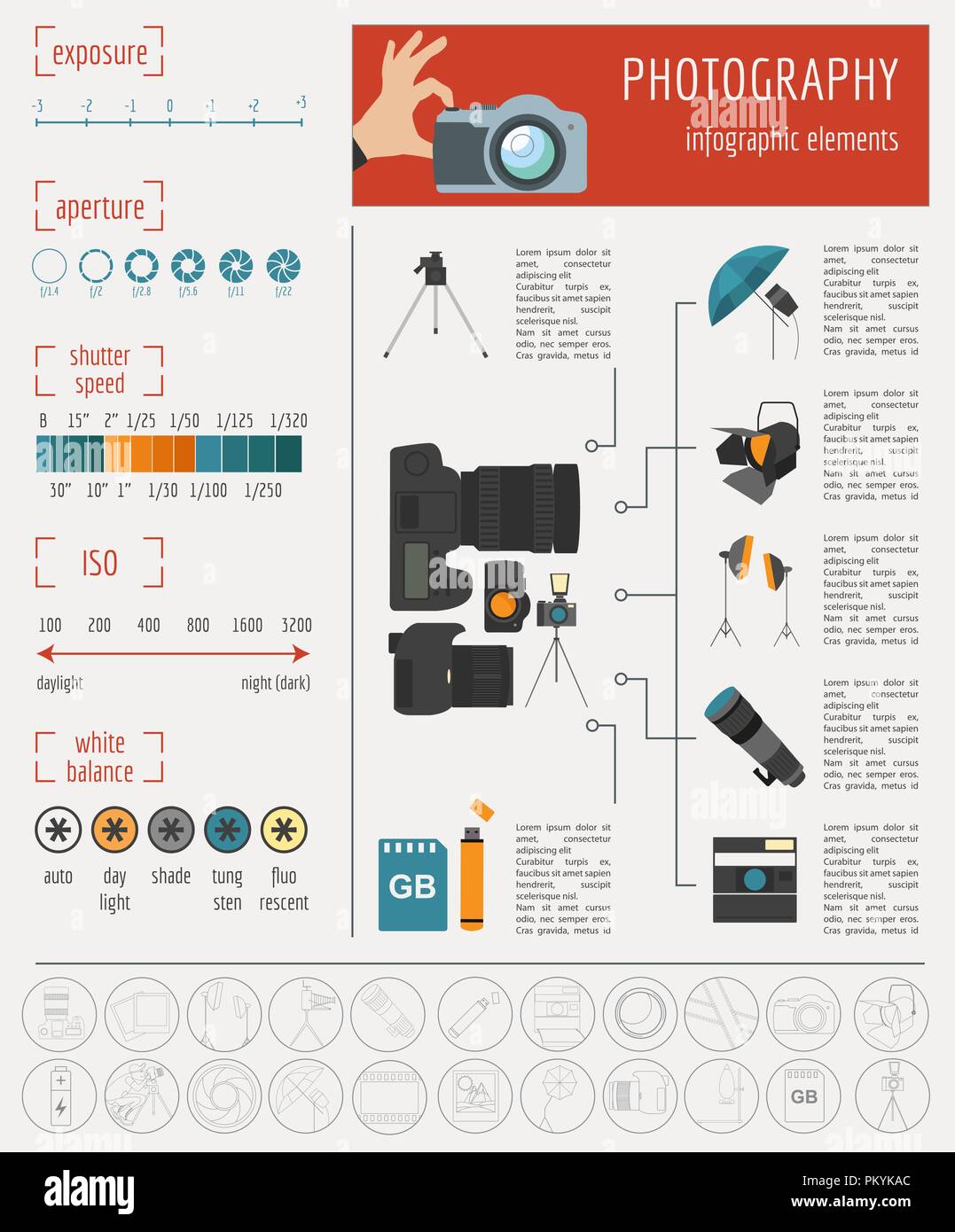Transform Your Digital Photography By Mastering Illumination Strategies That Can Elevate Your Images-- Discover The Usual Risks That Could Be Holding You Back
Transform Your Digital Photography By Mastering Illumination Strategies That Can Elevate Your Images-- Discover The Usual Risks That Could Be Holding You Back
Blog Article
Material Develop By-Futtrup Isaksen
As a professional photographer, you know that lighting can make or damage your pictures. Comprehending the nuances of both all-natural and synthetic light is vital for catching the state of mind and quality you aim for in your work. Whether you're chasing after the ideal golden hour glow or adjust your fabricated arrangements, mastering these aspects can boost your digital photography considerably. However there are common mistakes that many neglect, and acknowledging them can change your strategy to every shoot. Let's explore what you could be missing out on and exactly how it can impact your results.
Recognizing All-natural Light
Comprehending all-natural light is critical for any type of photographer wanting to boost their work. It's the foundation of fantastic digital photography, influencing mood, tone, and clearness. When you fire outdoors, take note of the moment of day. The gold hour-- shortly after sunrise and before sunset-- uses soft, warm light that can transform normal scenes right into stunning photos.
Do not undervalue the power of overcast days. Cloud cover diffuses sunshine, developing a soft, also light that's best for portraits and macro digital photography. You'll discover shades appear this kind of lights without severe darkness.
Placing matters, too. Always consider your subject's orientation to the source of light. If the sun's behind your topic, you might wind up with a shape, which can be dramatic yet mightn't be what you desire. Alternatively, straight sunshine can develop unflattering darkness.
Try out Suggested Reading , altering your perspective can yield fantastic outcomes. Use all-natural reflectors, like water or sand, to bounce light onto your subject, including measurement.
Mastering Artificial Light
Understanding fabricated light is important for professional photographers that wish to take their skills to the following level. Whether you're utilizing speedlights, workshop strobes, or continual lights, comprehending how to adjust these resources can significantly improve your photos.
Begin by acquainting yourself with the essentials of light quality, direction, and shade temperature. Try out different modifiers like softboxes, umbrellas, or grids to regulate the soft qualities or violence of the light.
You'll locate that soft light often develops complementary outcomes, while harsher light can include drama and deepness. Don't avoid darkness; they can boost the three-dimensionality of your topics.
Pay attention to the placement of your lights. just click the next site positioned also near to your topic can produce unflattering results, while also far can cause an absence of information. Utilize a light meter or your cam's pie chart to guarantee you're exposing properly.
Last but not least, remember that synthetic light can be mixed with ambient light for imaginative results. Balancing these resources may take technique, once you grasp it, your digital photography will truly beam.
Strategies for Various Scenarios
When you step into different shooting situations, adjusting your lights strategies is important for catching the most effective images. For exterior portraits, make use of the golden hour-- early morning or late afternoon light-- to soften darkness and improve complexion.
If it's an extreme midday sunlight, take into consideration using a reflector to jump light back onto your topic or look for shaded locations for an extra even exposure.
In low-light scenarios, like interior occasions, boost your ISO and make use of a large aperture to allow in more light. A tripod can aid remove electronic camera shake, permitting longer exposures without obscuring.
If you're contending evening, explore off-camera flash to develop vibrant lights and deepness in your photos.
For product photography, make use of diffused illumination to avoid extreme representations. Softboxes or light outdoors tents can aid accomplish this result.
When photographing landscapes, take into consideration the instructions of light and time of day, as it can considerably transform the state of mind of your shot.
Constantly prepare to change your settings and positioning based on the situation, as versatility is key to understanding lights in digital photography.
Final thought
In conclusion, understanding illumination is essential to boosting your photography skills. Accept all-natural light's elegance throughout golden hour, and do not shy away from experimenting with man-made light strategies. By adjusting your technique to various circumstances, you'll catch stunning images that reverberate with emotion and clearness. Keep in mind, the right lighting can transform a normal shot into something remarkable, so keep exercising and fine-tuning your understanding of both natural and artificial light. Satisfied capturing!
